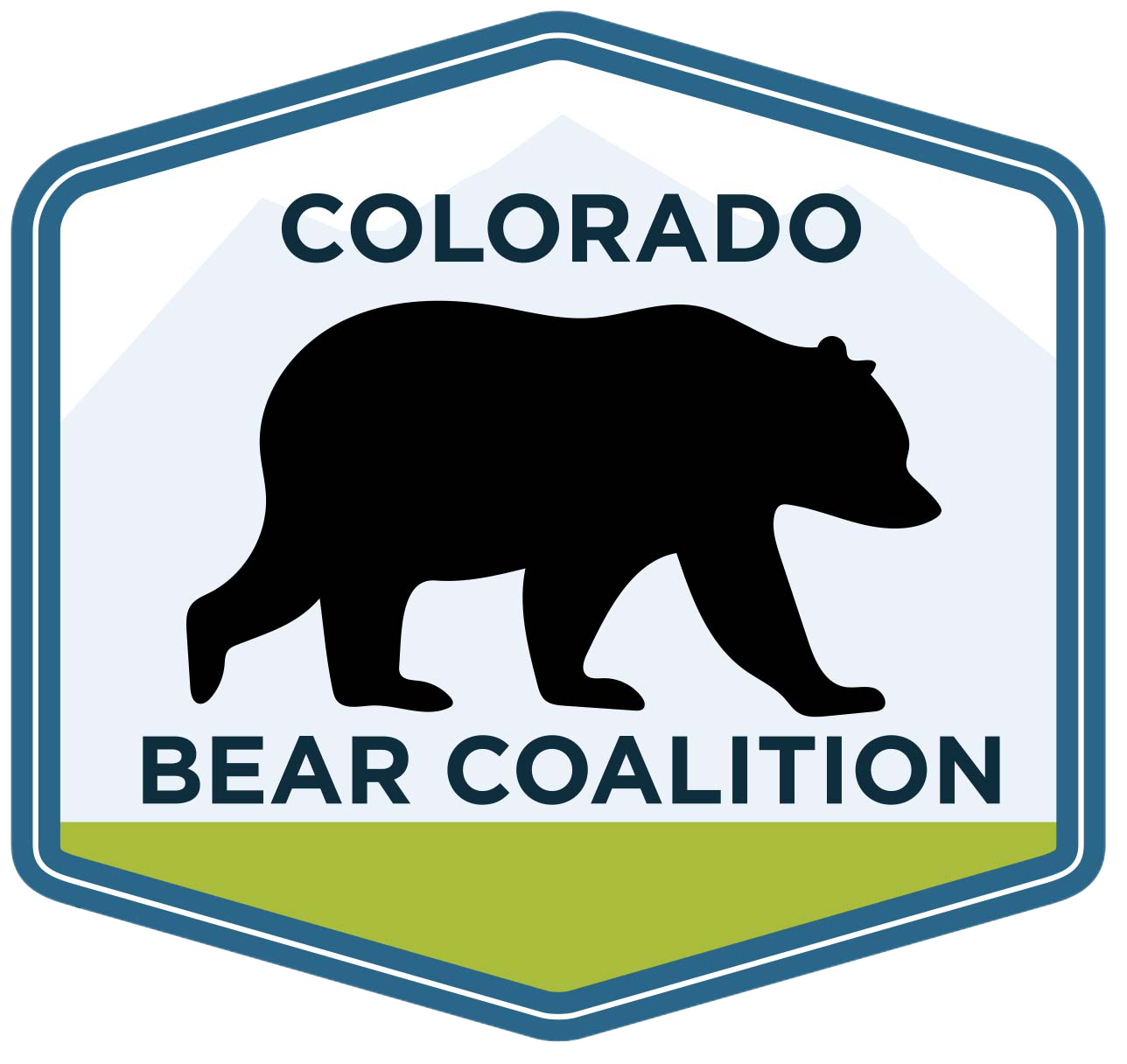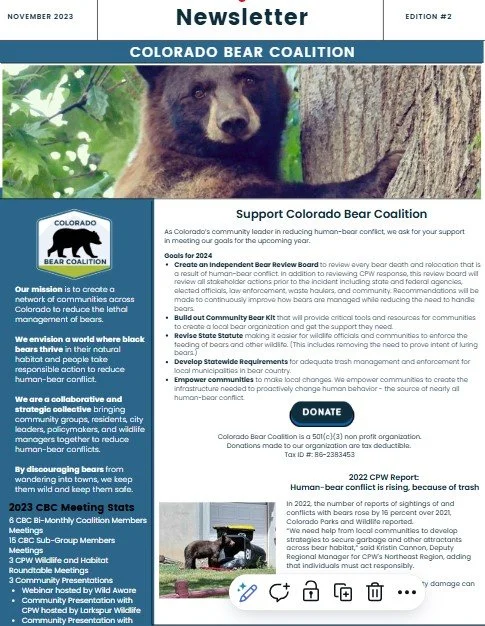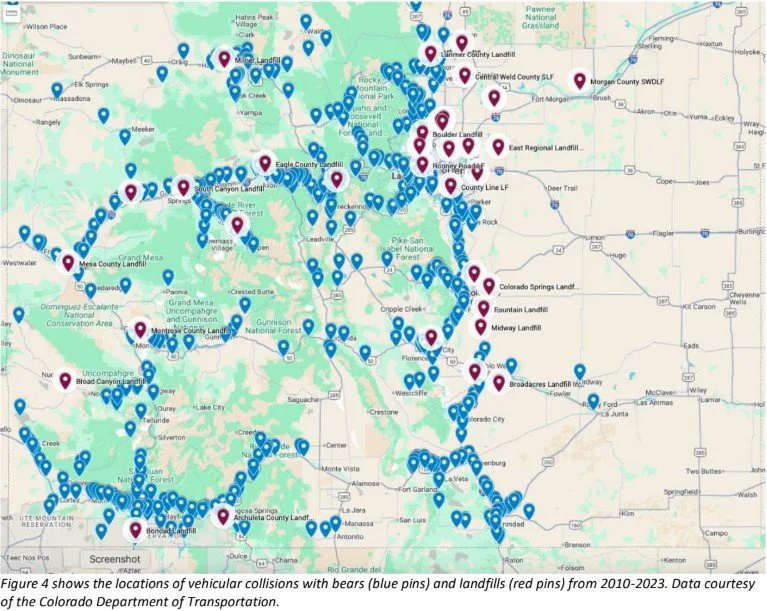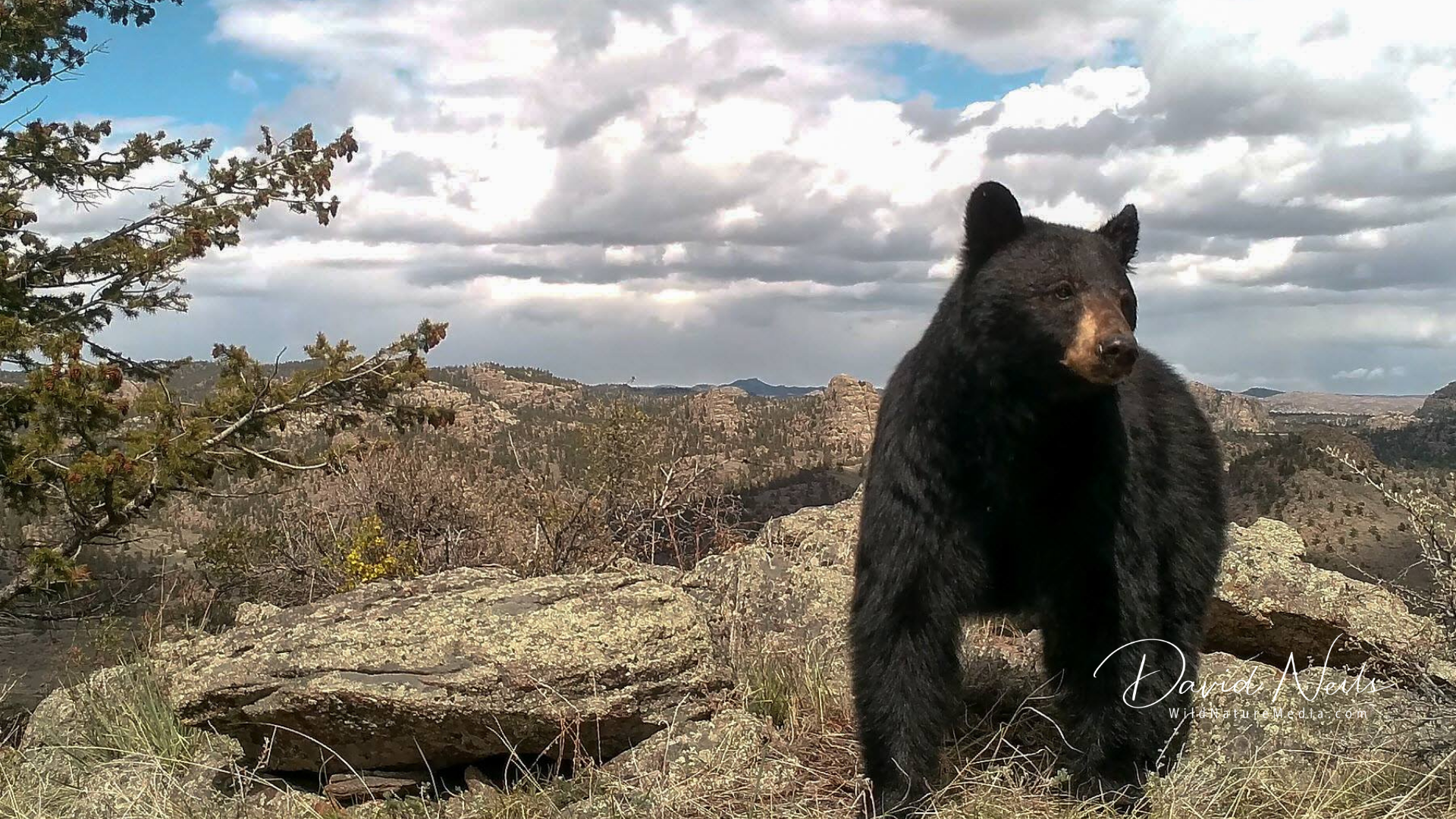
Keeping Bears Wild and Safe
Together, we’re building a statewide network of communities dedicated to protecting black bears and the people who live alongside them.
Bears are bulking up for hibernation!
Let’s do our part to keep bears safe during hyperphagia (time of huge calorie intake) so they can settle in for their long winter sleep.
Immediate steps you can take:
SECURE YOUR TRASH
This is the #1 reason bears are in town -easy calories!Buy a bear resistant cart or lease one from your local trash hauler
BIRD FEEDERS
Only put up when bears are hibernating (typically November-April)
If you must have a feeder up during active bear season (May-Oct) follow these recommendations:
Suspend the feeder at least 10 feet off the ground
Make sure it is at least 10 feet away from any trees, posts, decks, or other objects bears can climb
Clean up scattered seed on the ground
Consider replacing with bird attracting plants
HARVEST FRUIT TREES
If you need help, let us know and we will see if there is a fruit gleaning program in your community.
USE DETERRENTS
Let the bear know that being in town is not a comfortable experience.Electric mats at points of entry to a house or feed storage area
If you want to borrow an electric door mat, let us know.Noise Blow horns, bang pots and pans
Electric fencing around beehives and chicken coops
Bears are opportunists. They will always choose the easiest, most reliable calories. Let’s think like a bear: Spend 10+ hours a day searching for berries, or spend 1–2 hours in town eating trash that’s always there (yes—they know the trash schedule), then nap and play the rest of the day. Easy choice.
In places like South Lake Tahoe, some bears never hibernate because they have access to human food year-round. This is dangerous for them and leads to more conflict with people.
It’s completely normal for natural food sources to fluctuate, especially in winter when fruits and plants go dormant. The lack of food is what triggers hibernation.
When we provide artificial food sources—intentionally or unintentionally—we interrupt this natural cycle and put bears at risk.
Let’s not interfere with nature.
Let’s keep human food and trash secured so bears can stay wild, stay healthy, and stay safe.
Newsletters
In the News: Human-Bear Conflict Reduction Grant
-

2025
Governor Polis and CPW announced the 2025 grant recipients.
August 27, 2025 -

2024
Governor Polis and CPW announced the 2024 grant recipients.
August 22, 2024 -

2023
Governor Polis and CPW announce the 2023 grant recipients.
August 22, 2023 -

2022
Governor Polis announces the first recipients of this annual grant.
July 15, 2022
In the News: Media coverage relating to bears
-

Guest Opinion: Melinda Marquis
Avoid human-bear contact, get rid of your bird feeder
7/8/24 -

Governor Jared Polis announced the hiring of Jeff Davis as the new Director of CPW
4/6/23 -
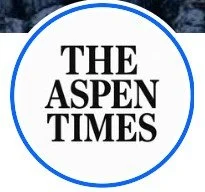
With the support of the Colorado Bear Coalition, the Aspen Bear Alliance has formed.
2/18/23 -

Guest opinion: Brenda Lee: Protecting bears and human safety is everyone’s responsibility
12/18/22 -
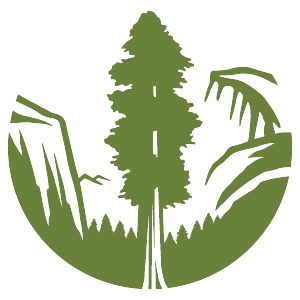
Why Is New Jersey Planning to Kill 20 Percent of Tagged Bears This Week?
12/5/22 -

David Neils discusses the importance of maximizing the health of Colorado’s black bears.
10/28/22 -

Colorado Bear Coalition hosts ‘town hall’ to explain bear killings
9/27/22 -

Conservationists supply needed drinking water to a popular bear watering hole to prevent them from coming into town.
9/16/22 -

Bears in Colorado segment with Colorado Bear Coalition.
9/13/22 -

Aspen Times highlights upcoming community meeting hosted by Colorado Bear Coalition
9/13/22 -

Colorado Bear Coalition responds to recent killing of Aspen sow and cubs.
9/6/22 -

On August 21st, a sow and her 4 cubs were euthanized for entering a home in Aspen.
8/23/22 -

Colorado Bear Coalition works with residents and farmers to reduce attractants that are bringing bears into Longmont.
7/21/22
Vehicular collisions with bears, 2010-2023
Each blue point on the map represents a bear killed by a vehicle in Colorado.
The burgundy points are the locations of landfills, which often attract bears.
Data courtesy of the Colorado Department of Transportation.
